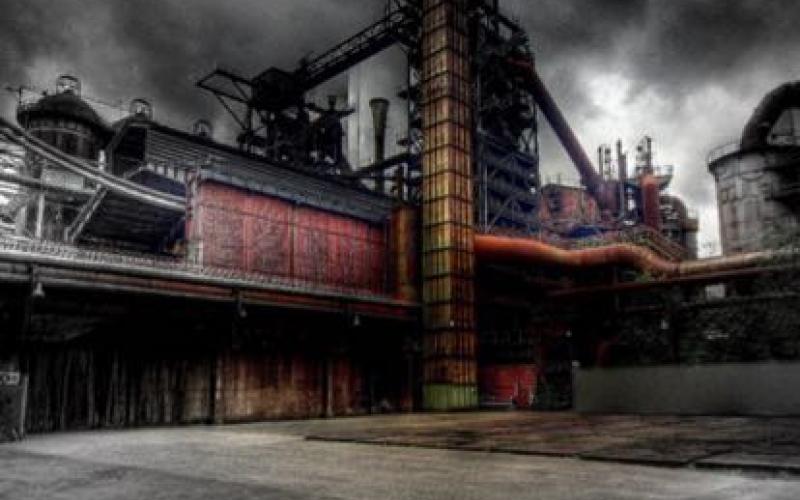Incorporating the water-energy ‘nexus’ into policy talks

Incorporating the water-energy 'nexus' into policy talks
A recent paper explores how optimization can help industry's water and energy understanding, usage, and policies.
Original Paper:
Verbanov, Peter. 2014. Energy and water interactions: implications for industry. Current Opinion in Chemical Engineering. 5: pg 15–21. DOI: http://dx.doi.org/10.1016/j.coche.2014.03.005
The mining, processing, and burning of fossil fuels requires water. The uptake, transportation, cleaning, and use of that water also requires energy. This interdependency, known as the water-energy nexus, is now commonplace in high-level policy dialogues. Particularly in drought-prone areas, water can be a limiting factor for energy production, and energy inputs dominate the cost of water provision over long distances. Academia and major regulatory agencies acknowledge the vulnerabilities created by this nexus. However, industry has made little progress in considering energy-water interdependencies in the production process.
In a recent paper published in Current Opinion in Chemical Engineering, Peter Varbanov, of the University of Pannonia, Veszprém, explores the implications of the energy-water nexus management for industry. Particularly, he traces the capability of process integration (PI) and mathematical programing (MP) frameworks to optimize energy and water use. PI methodologies establish links among processes, simultaneously minimizing inputs (water and energy) and outputs (effluents and emissions). MP then seeks to optimize these processes. Over time, PI and MP frameworks have moved from simple models that consider water and energy, to increasingly complex systems that can account for water reuse and multiple possible contaminants.
Few decisions are clean-cut. Water conservation often means increased energy use or costs. Therefore, industry decisions often involve trade-offs between water and energy goals. For example, carbon sequestration — used to mediate the greenhouse gasses emitted by energy consumption — requires large amounts of water. Similarly, water-scarce areas import water-intensive goods over long distances. This saves local water resources but requires additional energy for transportation. Depending on the current needs of the community, either energy or water conservation may be optimal. In some rare cases, neither may be the optimal outcome. The decision space is complex and demands the development of industry applicable PI and MP frameworks for optimal outcomes.
Recent developments in these frameworks include:
to account for heat flows, exchanges and storage
time slices' to account for variability in demand and supply
more precise site-wide heat recovery targets
methods for sustaining high energy efficiency in existing industrial processes
identifying bottlenecks in multifunctional energy systems
algal biofuel production and waste water treatment optimization
modeling simultaneous waste and water treatment or desalination and energy generation
supply chain integration
evaluation of industry outcomes under various policy scenarios




